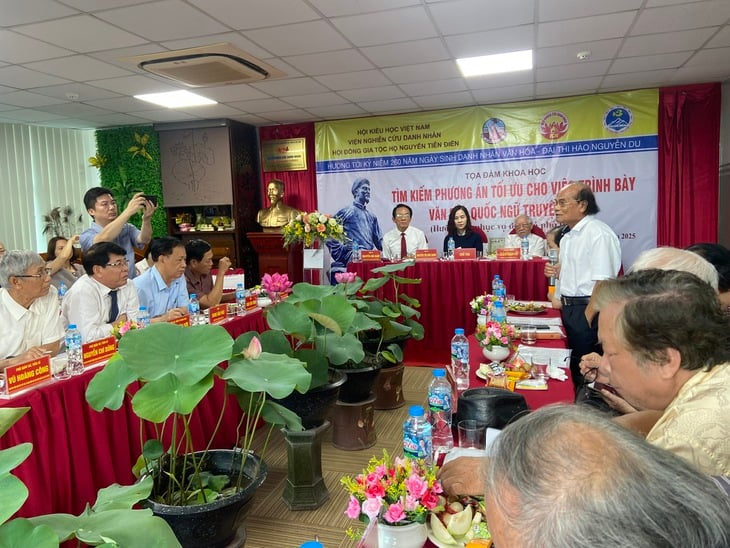
The discussion attracted many enthusiastic opinions - Photo: T.DIEU
The discussion took place on July 26 in Hanoi . Associate Professor Dr. Nguyen Thanh Tung - Faculty of Literature, Hanoi National University of Education - said he was quite surprised by the topic of the discussion, thinking that Truyen Kieu was very lucky to be studied very carefully, including the use of periods, commas, and capitalization at the beginning of lines.
The discussion was to find the most accurate way to present the Tale of Kieu in Vietnamese script, similar to Nguyen Du's Han Nom version, to serve the majority of readers, according to the wishes of the Nguyen Tien Dien Family Council.
How is Nguyen Du's Han Nom Kieu story ?
Sharing by Professor Dr. Tran Dinh Su - former head of the Department of Literature of Hanoi National University of Education, former vice president of the Vietnam Kieu Studies Association, and researcher Tran Dinh Tuan - vice president of the Vietnam Kieu Studies Association, shows that it is not by chance that there was a discussion to find a national language version of the Tale of Kieu that is most accurate to the author's Han Nom version, adhering to spelling rules to help readers access and better understand the content of a long poetic narrative.
Exactly 150 years since the first national language version of The Tale of Kieu was transcribed (annotated) by Truong Vinh Ky and published in 1875, there have been many versions of The Tale of Kieu that differ in spelling, punctuation, and segmentation of The Tale of Kieu.
Researcher Tran Dinh Tuan cited documents saying that in 1911, the Kim Van Kieu story by Truong Vinh Ky still expressed the six-eight verse pair as one sentence, one pair, one inseparable whole. Therefore, at the end of each six-eight verse, each eight-eight verse, there are punctuation marks such as commas, periods, exclamation points, and question marks.
And the first line of the eight-syllable verse is not capitalized. This version also divides the paragraph into many small sections, names each section and puts it directly into the content of the Tale of Kieu.
In 1913, Nguyen Van Vinh's Kim Van Kieu version capitalized the first line of the eighth line, put a comma at the end of the sixth line, and a period at the end of the eighth line. From Nguyen Van Vinh's version until now, all versions of The Tale of Kieu have always capitalized the first line of the eighth line.
In 1942 - 1943, the Alexandre de Rhodes printing house removed the comma at the end of the sixth line and the full stop at the end of the eighth line when reprinting the book Kim Van Kieu by Nguyen Van Vinh printed in 1913.
Meanwhile, according to Mr. Tran Dinh Su, the text of Truyen Kieu written by Nguyen Du was all in Han Nom script, without capital letters or punctuation marks.
In addition to transcribing the correct pronunciation, the Vietnamese version of Truyen Kieu also capitalizes and punctuates sentences where necessary according to the spelling rules that change over time. This has created inconsistencies in capitalization and punctuation between the Vietnamese versions of Truyen Kieu .
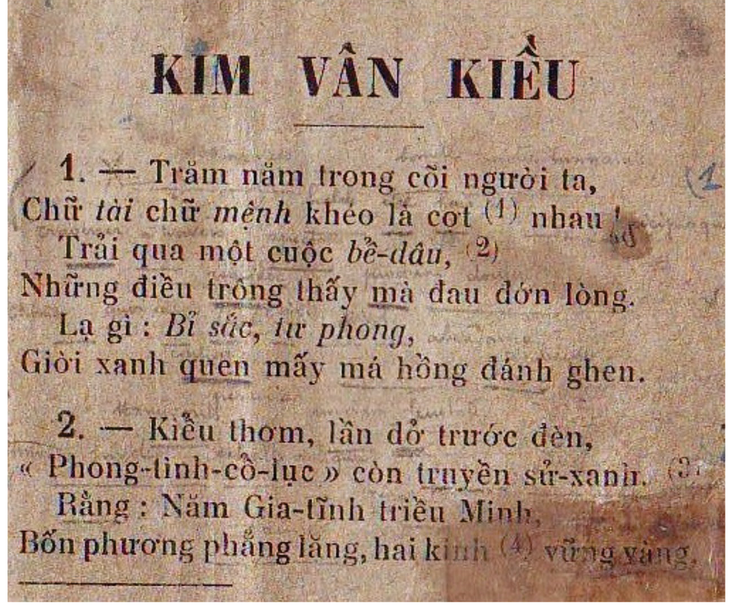
Nguyen Van Vinh's 1913 Kim Van Kieu version capitalized the first lines of eight-syllable verses and paragraphs, and numbered the first paragraphs.
Must follow the convention of new letters
At the discussion, experts gave their personal opinions on how to present Truyen Kieu correctly, as close as possible to Nguyen Du's writing, how to use punctuation, and how to capitalize it. Most of them supported the need for punctuation and adherence to current spelling rules.
Poet Vuong Trong proposed to choose the option of removing commas in the sixth line and "saving" periods in the eighth line, and capitalizing the beginning of each sentence.
Associate Professor Dr. Bien Minh Dien - senior lecturer at Vinh University - suggested that the first thing worth discussing is finding the best national language version of the Tale of Kieu to print, then discussing how to present the story, how to use periods, commas, and capitalization.
To choose the national language version of Truyen Kieu to print, according to Mr. Bien, one should refer to the national language versions of Truyen Kieu of the Vietnam Kieu Studies Association, of Nguyen Thach Giang, Dao Duy Anh, and before that, the versions of Truong Vinh Ky, Bui Ky - Tran Trong Kim, Tan Da - Nguyen Khac Hieu to find the optimal solution.
He also suggested that, in addition to finding the optimal version of Truyen Kieu to publish for the public, a short dictionary of Truyen Kieu should also be compiled, choosing about 500 words to explain to the general public. This dictionary can be referenced by Dao Duy Anh.
Researcher Vu Ngoc Khoi - vice president of the Vietnam Kieu Studies Association - said that when translating The Tale of Kieu into the national language, it is correct to follow modern spelling and grammar.
However, placing commas in the Kieu verse in Vietnamese is not simple. The person doing it must have the qualifications to understand the exact meaning of Nguyen Du's verse.
Associate Professor Nguyen Thanh Tung affirmed that when converting to another script (national language), adding commas, periods, quotation marks, parentheses, etc. is a mandatory operation. "We must follow the conventions of the new script. How can we read a national language text without accent marks?", Mr. Tung said.
The annotations in Truyen Kieu should also be kept short, concise, and simple, so that readers can understand Truyen Kieu best. The editorial team should refer to the previously annotated versions of Truyen Kieu , then consider and make a decision.
Source: https://tuoitre.vn/ban-ca-chuyen-co-dung-dau-cham-dau-phay-viet-hoa-dau-dong-trong-truyen-kieu-20250726202433442.htm





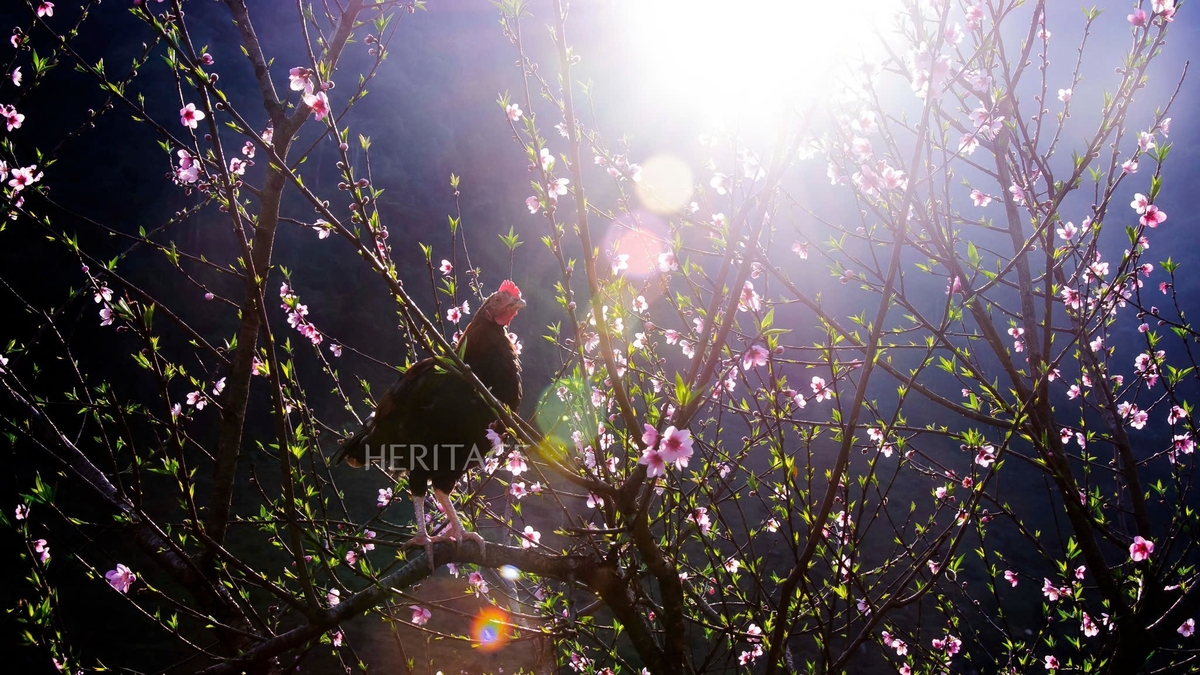

![[Photo] Closing of the 14th Conference of the 13th Party Central Committee](https://vphoto.vietnam.vn/thumb/1200x675/vietnam/resource/IMAGE/2025/11/06/1762404919012_a1-bnd-5975-5183-jpg.webp)







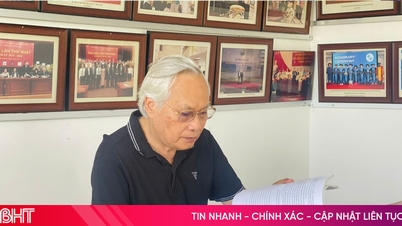

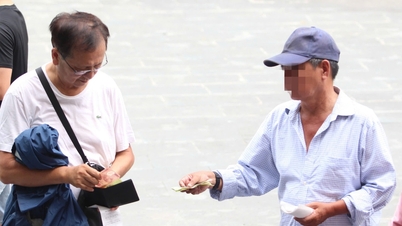
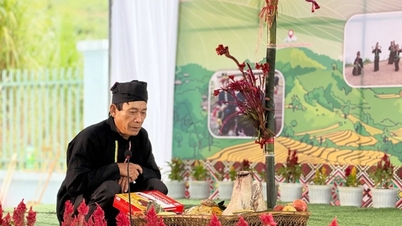




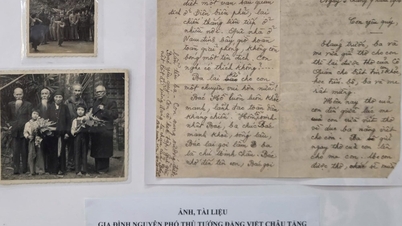











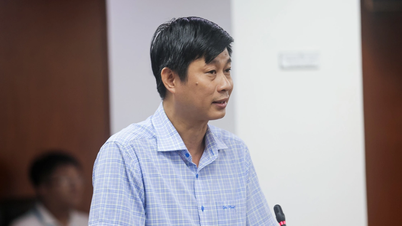






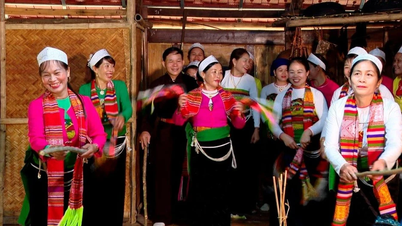



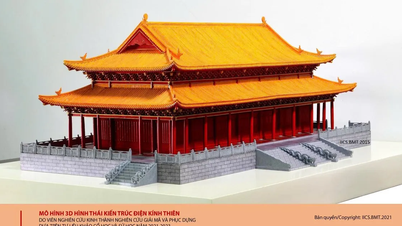
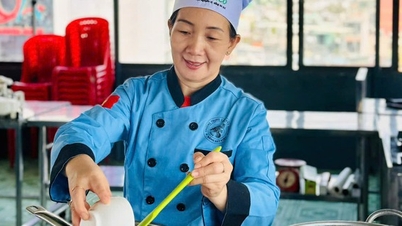





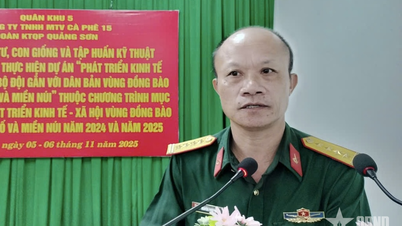


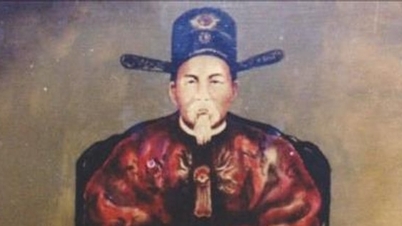
















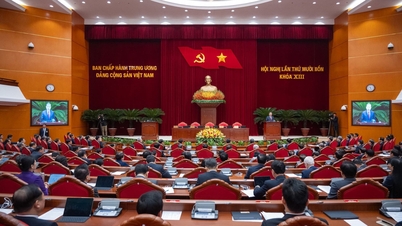






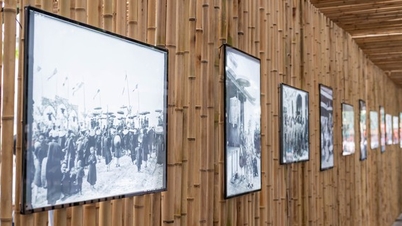






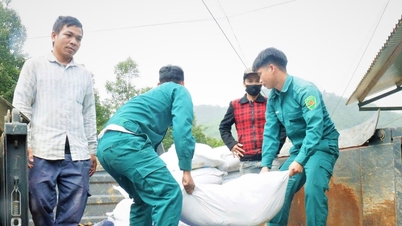




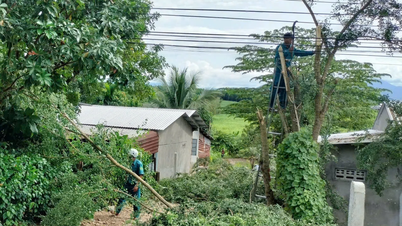


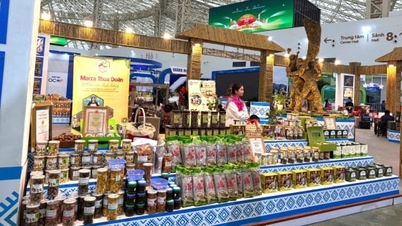












Comment (0)